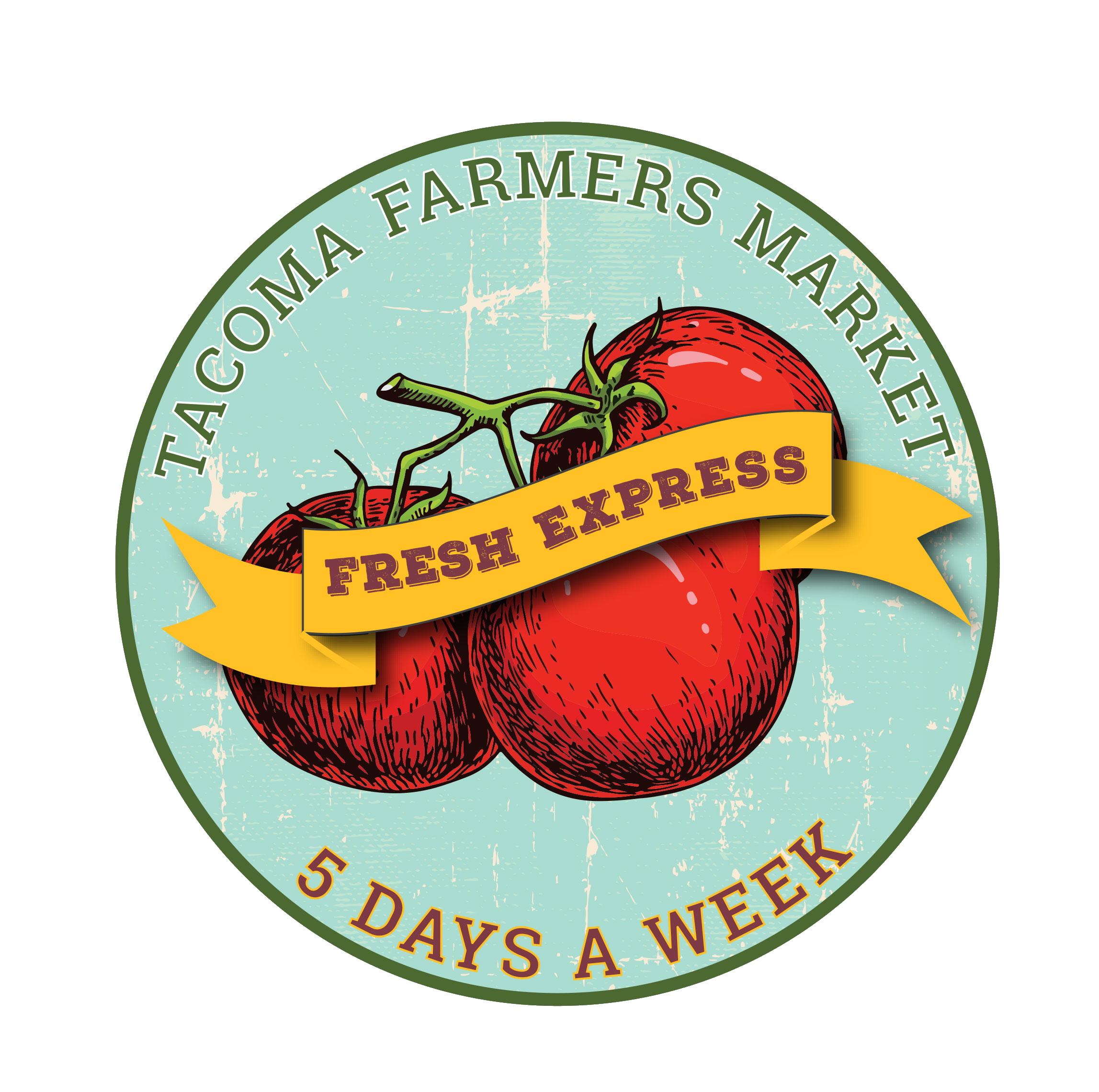April 13th, 2015 Tacoma News Tribune
Start asking around about food deserts, and specifically whether there’s one on Tacoma’s East Side, and you’ll be surprised by the varying assessments you get.
Some, you’ll quickly learn, are skeptical.
“I don’t believe in the term ‘food desert.’ I don’t believe it means anything,” Bert Hambleton says flatly.
As the president of Hambleton Resources Inc., he says his Bellevue-based consulting company has done “dozens” of studies looking at the feasibility of new potential grocery stores in Tacoma. That there aren’t more grocery stores on the East Side, he says, is proof retailers and developers have concluded a new store wouldn’t pencil out there.
He says it’s that simple.
“Every single household in the east Tacoma area has a grocery budget. Every single household is spending that budget,” Hambleton asserts. “Nobody’s saving up money waiting for a grocery store to open.”
That’s cold economics, and, from a capitalist perspective, rock-solid logic.
Still, Tacoma City Councilman Marty Campbell isn’t buying a lack of need.
Having represented the fourth district and Tacoma’s East Side for the last five years, Campbell doesn’t waver on the matter. Since he first campaigned for his council seat in 2009, he says he’s been hearing about the lack of grocery stores from constituents firsthand.
“It was something that I really became aware of as I was running for office and going door-to-door talking to people,” Campbell recently told me. “For me, I had a car. Even though my house wasn’t near a grocery store, getting groceries wasn’t really an issue. It was something my privilege never allowed me to see before.”
Bingo. That’s one of the things about food deserts. Unless you’re stuck in the middle of one and your circumstances make you vulnerable to its effects, the problem typically goes unseen. The East Side has grocery stores, but getting to them, and buying quality food once there, remains a significant hurdle for many people.
The USDA defines a food desert as “urban neighborhoods and rural towns without ready access to fresh, healthy, and affordable food.” Nationwide, the USDA’s Economic Research Service estimates that 23.5 million people live in food deserts, with more than half of those people qualifying as low-income.
“Instead of supermarkets and grocery stores, these communities may have no food access or are served only by fast food restaurants and convenience stores that offer few healthy, affordable food options,” the USDA definition continues.
According to the metrics used by the USDA to identify food deserts — income and proximity to supermarkets — much of the East Side fits this bill.
From Interstate 5 to East 72nd Street, there are four census tracts that qualify as low-income, each with at least 20 percent of the population living below the poverty line or with a median family income at or below 80 percent of Tacoma’s median family income. These tracts also have what the USDA considers to be a significant number of people living more than one mile from a supermarket.
One of those census tracts, roughly the area from East 34th Street to East 56th Street and from Portland Avenue to Tacoma’s easternmost city boundary, also has a high number of households without a vehicle.
If there is a food desert on the East Side, this is its epicenter.
It also happens to be home to Salishan, the 188-acre Tacoma Housing Authority development.
For Campbell, part of the solution to this problem will make its debut in June. The Tacoma Farmers Market will expand to the East Side, operating on Wednesdays from June 17 through Sept. 30.
Last year, at Campbell’s urging, the City Council voted to budget $13,500 over the next two years out of its contingency fund to make the market happen. Grants from MultiCare’s Center for Healthy Living and the U.S. Department of Agriculture will help.
The new market will participate in what’s known as the “Fresh Bucks” program, which allows anyone using Supplemental Nutrition Assistance Program (SNAP/EBT) food stamp benefits to get as much as $10 in additional produce for every $10 purchase of fruits and vegetables.
According to Stacy Carkonen, executive director of Tacoma Farmers Market, the new location hasn’t been determined yet, though it will be near Portland Avenue and East 44th Street. That’s important, allowing the new market to serve Salishan and the surrounding area.
Is there a food desert on the East Side? In the end, it’s a semantics argument that’s beside the point.
For now, what’s important is that getting fresh, local food is about to get a little easier in this part of Tacoma.
And that’s unquestionably a good thing.
Matt Driscoll: 253-597-8657 matt.driscoll@ thenewstribune.com @mattsdriscoll
Read more here: http://www.thenewstribune.com/2015/04/13/3738996/matt-driscoll-the-east-sides-food.html#storylink=cpy


